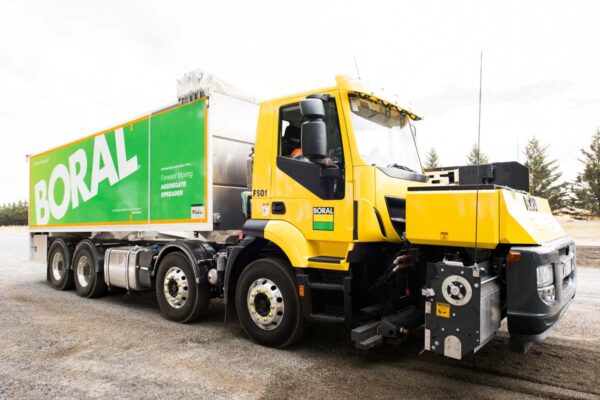Navigating the complexities of high-volume vehicle modifications or vehicle imports can be challenging. At Transport Certification Services (TCS), we make it easy for both local and international manufacturers to adapt their vehicles for the Australian market. Our team ensures that your vehicles meet all necessary regulations and reach Australian roads efficiently.
Simplify High-Volume Vehicle Modifications and Import to Australia with Transport Certification Services
Streamline Your Vehicle Compliance
Our Services Include:
- Comprehensive Import Guidance: We cut through the red tape to help you import complete vehicles and ensure they comply with Australian standards.
- Expertise in High-Volume Modifications: Our specialists guide local manufacturers through the Second Stage of Manufacture (SSM) process, including motorhome conversions, electric drivetrain installations, and emergency service vehicle fit-outs.
Why Partner with TCS?
- Clear Guidance: We provide detailed advice on the Australian Design Rules (ADRs), required tests, and necessary modifications for compliance.
- Efficient Process Management: From Australian Government registration with the authorities to preparing, submitting, and managing SSM applications, we handle the complexities so you don’t have to.
- Ongoing Support: We act as your agent, liaising with government and ensuring that all compliance documentation is complete and accurate.
How It Works:
- Pre-Consultation: We offer expert advice on ADR applicability, required tests, and compliance evidence.
- Registration: We handle the registration of your company with the Australian Government.
- Application Preparation: We prepare and review all necessary forms and test reports, managing communications with the Australian Government throughout the process.
- Approval and Compliance: After securing SSM approval, we guide you on implementing quality control procedures to maintain compliance and secure import approval.
Ready to Get Started?
Contact UsLearn More About Our ProcessClick on the links below for examples of SSM applications prepared by Transport Certification Services:
The Licensee needs to be familiar with their responsibilities which can be found by following the links below:
